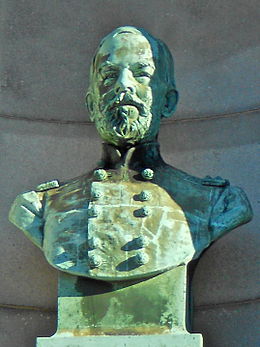Thomas Fleming, shown bleow in 1999, insisted that the American struggle for independence continued to inform much of the nation’s subsequent history. NYT photo by Chester Higgins Jr
Thomas Fleming, Historian of the Revolution, Dies at 90
Article by Richard Sandomir July 27, 2017
Thomas Fleming, a prolific historian with a zealous interest in America’s founding fathers and a historical novelist whose plots included a British conspiracy to kidnap George Washington, died on Sunday at his home in Manhattan. He was 90.
His death was confirmed by his son Thomas Jr.
Mr. Fleming, the loquacious son of a tough New Jersey pol, viewed America’s struggle for independence as essential to understanding the history that followed. “So much of what happened later is virtually anchored in the Revolution,” he told the Journal of the American Revolution in 2013. “The whole Civil War pivots on the Declaration of Independence and the Constitution.”
He added: “Even Woodrow Wilson’s wild claim that we were in World War I to make the world safe for democracy goes back to the sense that we were launching a revolution that would change the world. And it has!”
Mr. Fleming wrote biographies of Benjamin Franklin and Thomas Jefferson. He chronicled the battles of Bunker Hill and Lexington and Concord and a lesser-known one in Springfield, N.J., in 1780. He wrote about the seminal year 1776. And he looked back at the duel in 1804 between Aaron Burr and Alexander Hamilton.
In her review of “Duel: Alexander Hamilton, Aaron Burr and the Future of America” (1999), Katharine Whittemore wrote in Salon that Mr. Fleming had created a “stunning panorama of the fledgling nation” and “a parable of titanic intellect and potential subverted by ambition; of vindictiveness, venality, lust, chimerical visions of empire and, finally, murder.”
Mr. Fleming had been writing history books filled with powerful men for nearly 50 years when, in 2009, he chose to focus on the influence of the wives, mothers and girlfriends of Washington, Franklin, Jefferson, Hamilton, John Adams and James Madison.
He chronicled the women’s stories collectively in “The Intimate Lives of the Founding Fathers,” which The Washington Post called it a “well researched peek into the boudoirs of America’s political architects.”
Mr. Fleming had already written novels from a female perspective; one was “The Officers’ Wives,” a bestseller in 1981. He also benefited from the increasing availability of the women’s letters.
One powerful woman in “Intimate Lives” was Mary Ball, Washington’s mother. Mr. Fleming told C-Span in 2010 that she “had a ferocious temper and was very strong-willed, and she tried to make George her faithful servant.”
To escape her influence, he said, Washington wanted to join the Royal Navy, but his half brother Lawrence intervened. “Imagine how different the country would have been” if Washington had served Britain, Mr. Fleming said.
Mr. Fleming sometimes departed from the Revolutionary era, taking on the Civil War, both world wars and the histories of West Point and New Jersey. But he would return to the period that most fascinated him, as he did in “The Great Divide: The Conflict Between Washington and Jefferson That Defined a Nation” (2015) and “The Strategy of Victory: How General George Washington Won the American Revolution,” which he completed in March. It is to be published in October.













